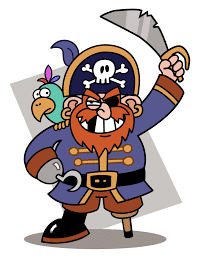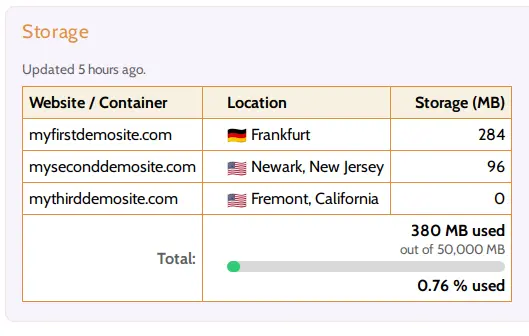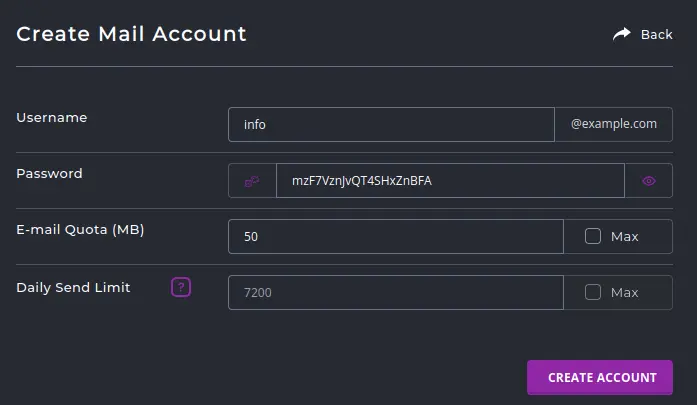An overwhelming majority of entrepreneurs, startups & products feel that they are never able to find enough time or resources to promote & market their products. Most startups end up spending most of their time building the product itself, and ignore building any sustainable distribution channels and marketing funnels.
Building a quality product requires a lot of focus and energy. As an entrepreneur, you want to get that app out of the door and are convinced that once your MVP launches, it will sell itself. More often than not, startups are going to convince themselves into believing that they are going to make the greatest product ever. This is as true of technically inclined founders & product managers, as it is of the rest.
Reality is harsh. Customers need to be able to discover a product, if they are to use it. Without users, you don’t have real world feedback. Without real world feedback, it is impossible to make a great product. What’s harsher? You already have competition out there, who isn’t going to make it easy for you to sell your product easily. This is particularly harsh, if your main acquisition channel is going to be paid advertising.
For startups to succeed, they must find a way to build a solid distribution channel. Not spending enough time building a distribution will eventually lead to unsustainable marketing costs. You don’t want to wait for your product to launch. If you are working on launching your application or product, you should already be prioritizing building your funnel.
How exactly do I build a funnel?
Thankfully, there’s a popular framework that can help you build a high conversion funnel for your startup. The “Pirate” framework, popularized by celebrity growth marketers like Andrew Chen (ex. Uber), has helped countless businesses build and scale their marketing funnels.
Did I say “Pirates”?
Y’ARRRRRR

The ‘Pirates’ or the ‘AARRR’ framework, is a simple way to structure your funnel. This framework breaks down a potential customer’s interaction with your business, in 5 discrete stages: Acquisition, Activation, Retention, Referral and Revenue. The funnel shaped diagram below, briefly explains each stage.

Hopefully, this diagram makes the concept simpler to understand. One of the first things to highlight is how the top of the funnel (“Acquisition”) , is wider. This is because of all the people who ever discover your business (“Acquired users”), only a fraction would go to the next stage (“Activation”), and sign-up for your service. Only a handful of “Activated” users will return to use your app (“Retention”), so on and so forth.
If this is your first time reading about this, you can try a simple thought exercise to grasp the concept: think of a product you purchased recently. How long did it take you from the acquisition stage (when you first heard of the company), to actually purchase the product? At what point did you sign up (Activation)? When did you first learn about their features & pricing (Retention)? Did you buy from them because you saw a nice review (Referral)? Repeat this exercise for a few companies.
Customers can sometimes take days, weeks or even months after interacting with your brand, before they make the purchasing decision. The basic role of your marketing funnel is to ensure that the moment the customer wishes to actually make the purchase, they see an offer from you and not from one of your competitors.
You are not going to be building a funnel in a day or a week. It takes many iterative tests to build a funnel that constantly generates leads. I would say, in terms of effort measured in pure ‘hours spent’, most companies end up spending as much time building their funnels, as they spend building their products.
Whether you are only a few weeks or a full year away from launching your app, the right time to start building your funnel is now. Don’t wait to finish your product. It is going to be extremely demoralizing to launch an app, not see any users and then wait another few months to build a funnel. Start building your funnel today. With a reasonable strategy, by the time you launch your app, your funnel will hopefully get your first few users.
The internet is huge, and there are countless companies with apps. Your customers are humans with short attention spans, no matter how good your targeting is. Most of you customers will take some time to purchase from your, no matter how smart your messaging & copy is.
You need a well oiled funnel that maximizes sales. As a business, you should strive to make the most of every dollar and every hour spent on marketing. You want to invest these resources in better serving your customers, by creating a better product or service.
It takes time, effort & planning to create a funnel that constantly gets you inbound inquiries. You are not going to rank on search engines for months after launch. It takes time to build mailing lists. It takes time to build landing pages that convert optimally.
One of the best developments of the last few years has been that it has become easy to get followers on social media, create online communities and groups. However, it takes time to have enough quality content or build social media following. Even if you are able to build an audience quickly, don’t expect reliable sales without a large subscriber base, and adequate re-targeting.
What consumes time in building a funnel is that you have to constantly run iterative experiments. It takes months, if not years, to optimize ads, landing pages, targeting and re-targeting strategies, copy, pricing, content strategy and customer flow. Understanding your customers and their needs is a continuous journey, where shortcuts are rare.
Starting early on building a funnel, gives you advantages that compound as your startup grows. It substantially increases the odds that your launch, or beta pre-launch, will succeed. It allows you to take a step back from building, and focus on the customer and the business. It gives you early insights into what your customers are like, what they are looking for, and helps you identify opportunities in the market.
Many entrepreneurs already know this. There is even a saying that first time entrepreneurs focus on product, repeat entrepreneurs focus on distribution. No matter what your app or idea is, the best advice we can give you is to start building and tracking your audience today.



